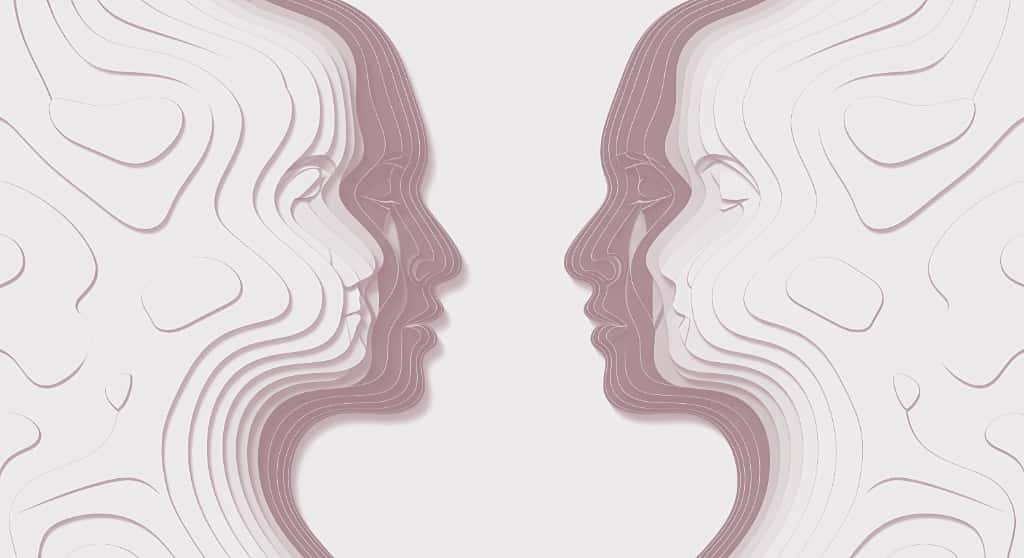Most professionals think empathy means being kind or listening better.
But empathy isn’t just a moral trait – it’s a layered process that rewires how people connect, collaborate, and perform together. At Serene Synthesis, we teach empathy not as theory, but as a skill that can be felt, practised, and coached.
Because in today’s fast-paced, multicultural workplaces across the UAE and Asia, empathy is no longer optional – it’s the quiet force that holds teams together when pressure peaks.
1. Empathy Feels Different in Multicultural Teams
Empathy plays out differently in every culture.
In hierarchical organisations, leaders might hesitate to show vulnerability.
In multicultural teams, emotional cues are often interpreted through different lenses – tone, silence, or even word choice can mean something entirely different to each person. That’s why soft skills coaching is so crucial. It helps leaders and teams understand what empathy sounds and feels like in their unique environment – not as an imported Western leadership style, but as a culturally intelligent skill that builds trust and respect in diverse, high-pressure workplaces.
The Four Layers of Empathy – and How to Activate Them
Empathy is not a single act – it unfolds in layers, each deepening the connection between two people. Here’s how that process really works – and how to consciously build it in your team conversations.
Layer 1: Emotional Echo
The stage of feeling what others feel.
This is where empathy begins – through the subtle, automatic process of resonating with another person’s emotions.
When someone on your team feels anxious or excited, your brain’s mirror systems respond in kind.
It’s not yet understanding – it’s emotional rhythm. You sense what they feel, even before words are spoken.
How to activate it:
- Slow your speed. When someone speaks emotionally, take a breath before replying – your nervous system mirrors calm instead of tension.
- Match tone before content. Begin with phrases like, “That sounds really frustrating” or “I can feel how proud you are.” It signals safety.
- Use micro-presence. Nod, soften facial tension, maintain gentle eye contact – small cues that say, “I’m here with you.”
Layer 2: Perspective Transfer
The stage of understanding their world.
Once you’ve felt their emotion, your mind starts to simulate their experience. You imagine what it’s like to be in their position – their workload, cultural pressure, or fear of making mistakes. This is empathy’s cognitive layer: curiosity in motion.
How to activate it:
- Ask reflective questions. “What part of this feels hardest for you?” or “What outcome would you ideally want?”
- Pause assumptions. Notice when your brain rushes to explain or fix – and instead, choose to explore.
- Seek daily perspective practice. Once a day, deliberately interpret a colleague’s reaction from their context, not yours.
Layer 3: Compassion in Motion
The stage of responding as if you were them.
Empathy matures when it turns from awareness into aligned action.At this layer, you move from “I understand” to “I’ll act with you in mind.” It’s not rescuing – it’s co-creating solutions with emotional alignment.
How to activate it:
- Use “we” language. Shift from “You need to fix this” to “How can we make this easier?”
- Offer realistic, caring help. One small, tangible gesture – a check-in, a quick call, shared accountability – grounds empathy in action.
- Regulate before responding. Ensure your calm energy leads the interaction; nervous empathy often turns into over-helping.
Layer 4: Shared Resonance
The stage of deep connection and co-energy.
This is empathy at its highest frequency – when the emotional divide disappears and both people move in sync.The dialogue becomes collaborative, not corrective. You and the other person are no longer managing an issue – you’re flowing through it together.
How to activate it:
- End with alignment. Close difficult conversations by restating shared intent: “We both want this to succeed.”
- Use silence as connection. A few calm seconds after someone speaks allow emotional systems to re-synchronize.
- Notice energy, not just words. When the room feels lighter, calmer, or more open – empathy has completed its circuit.
Why Coaching Empathy Matters
Traditional training tells people what empathy is. Coaching, on the other hand, helps them live it – moment by moment.Through soft skills coaching, professionals learn to notice their tone, regulate emotional intensity, read micro-signals, and build connection even in conflict.
Empathy becomes embodied – not an instruction, but an instinct.
That’s what creates workplaces where people feel safe, valued, and engaged enough to give their best.
The ROI of Empathy
The real impact of empathy isn’t measured in spreadsheets – it shows up in quieter metrics:
- Lower attrition because people feel understood.
- Better client retention because teams listen beyond transactions.
- Higher collaboration because emotional safety allows honest debate.
In essence, empathy is not a soft skill – it’s a human technology for alignment, trust, and performance.
Final Thought
Empathy is layered.It starts with emotional echo, grows through perspective transfer, matures into compassion in motion, and culminates in shared resonance. When leaders learn to activate each layer, they don’t just manage teams – they move them. At Serene Synthesis, we help organizations across the UAE and Asia develop this deeper intelligence through experiential, neuroscience-informed soft skills coaching that transforms communication into connection.
© 2025 Serene Synthesis. The Serene Synthesis Empathy Layers™ framework is an original coaching methodology developed by Serene Synthesis for use in leadership and soft skills coaching programmes in the UAE. All rights reserved.


